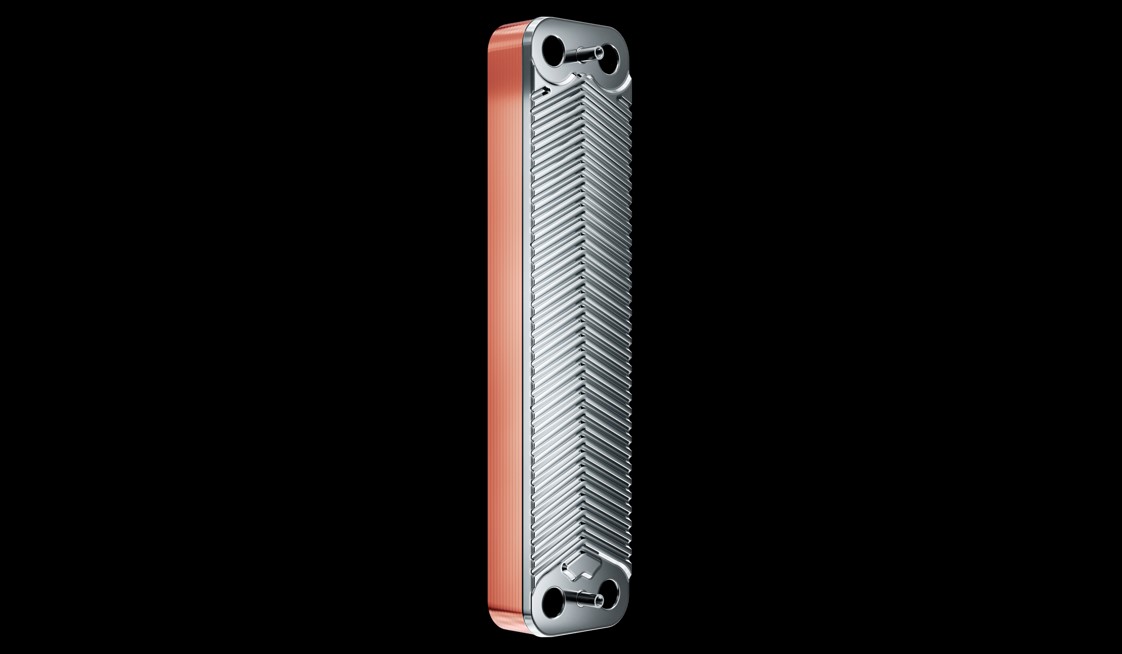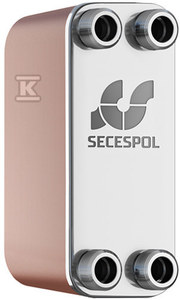A plate heat exchanger is a device that plays a very important role. It is responsible for transporting heat from one environment to another. It is worth knowing that heat exchangers have a wide range of applications and are used wherever it is necessary to transport energy in the form of heat. It's worth learning more about this.

Check out plate heat exchangers at the Onninen wholesaler
Why is a plate heat exchanger used?
A plate heat exchanger is often used. Importantly, it contains thin plates that are connected to each other. The exchanger may consist of a different number of plates, it all depends on the thickness. It is used, for example, to insulate buildings. It can be an addition to central heating, so its purpose is to warm the air that enters the house or apartment. It can also be the basis for central heating because it transfers heat from a radiator or other heating element. The medium used can be either a liquid or a gas. The use of a plate heat exchanger allows for the distribution of heat, e.g. from a fireplace to radiators or from a stove to radiators. It is also used to warm the air. It improves the operation of installations both at home and in public places. What is also important is the fact that using this device is very simple. By choosing a high-quality model, you do not have to worry about the need for frequent repairs. All you need to do is perform inspection and maintenance.
Plate heat exchangers are used for heating, cooling and even ventilation. They may be located in:
- central heating system
- air conditioning system
- recuperator
- a heating station powered by the city network
The use of a heat exchanger allows you to reduce costs.
How does a plate heat exchanger work?
The principle of operation of a plate heat exchanger is very simple. We will find two circuits that are partially connected to each other. The first one has higher pressure and temperature than the second one. A circuit containing, for example, a high-temperature liquid transfers heat to a circuit with a lower temperature and lower pressure. Heat exchange therefore takes place on the basis of a pressure gradient. The situation is similar in the case of gas. Thanks to this method of heat transfer, the exchanger does not require a large amount of energy, and in some cases it does not need to be supplied at all. Importantly, the force that drives heat transfer works completely naturally and there is no need to improve or accelerate its exchange. The increase in heat transfer efficiency occurs as a result of the increase in the pressure gradient between the two circuits. Heat will therefore be transferred faster from the warmer medium to the one with a lower temperature. Energy is therefore redirected from the high-pressure system to the low-pressure one. In installations, heat recovered from air at a higher temperature heats the air at a lower temperature. At the same time, the gases do not mix with each other, but thermal energy is used. Warm and stale air is removed from the inside to the outside, and its energy is used to heat new air, which is cold.
Overview of plate heat exchangers in the Onninen offer
 Onninen's offer includes high-quality plate heat exchangers. The LA14-20-3/4" Hexonic single-flow brazed plate exchanger is a device that has a wide range of applications. Thanks to its excellent technical parameters, it will work well in the food industry, in public places, but also in houses or apartments. It is not only efficient, but also also reliable and does not require frequent repairs. It has a strong, brazed construction. It is characterized by low energy consumption, which translates into low operating costs. It is made of stainless steel, which is resistant to corrosion and other harmful compounds 3/4" diameter. This allows you to quickly connect the exchanger to the installation.
Onninen's offer includes high-quality plate heat exchangers. The LA14-20-3/4" Hexonic single-flow brazed plate exchanger is a device that has a wide range of applications. Thanks to its excellent technical parameters, it will work well in the food industry, in public places, but also in houses or apartments. It is not only efficient, but also also reliable and does not require frequent repairs. It has a strong, brazed construction. It is characterized by low energy consumption, which translates into low operating costs. It is made of stainless steel, which is resistant to corrosion and other harmful compounds 3/4" diameter. This allows you to quickly connect the exchanger to the installation.
The XB 06L-1 10 brazed exchanger from Danfoss is another great model. It has good technical parameters and performance. Like the previous model, it will work well in both industry and public buildings.
Our review also includes the LB31-20-1" Hexonic single-flow brazed plate heat exchanger . In this heat exchanger, the heat exchange surface is made of stainless steel plates, which are additionally corrugated. The flow of fluids is directed. It is worth paying attention to the large number of connections, which in this case it is 4.